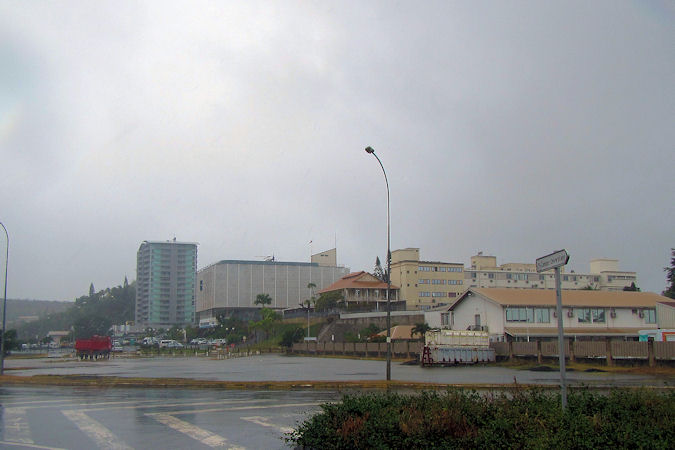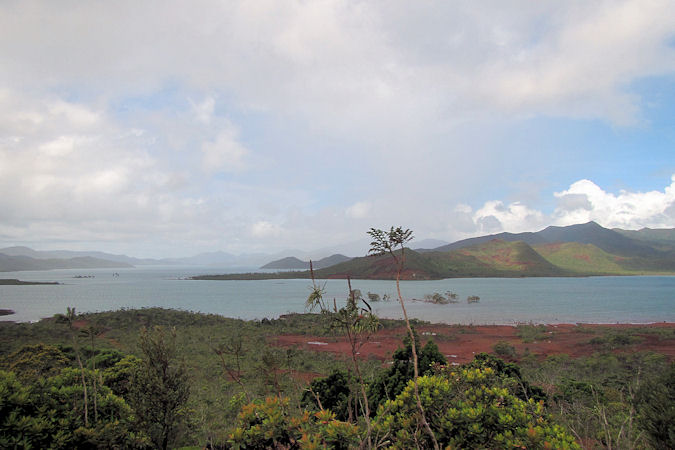New Caledonia
Things to DO
Nouméa
 |
|||||
With its cheerful multi-ethnic community, New Caledonia's cosmopolitan capital is both sophisticated and uncomplicated, classy
and casual.
The relaxed city sits on a large peninsula, surrounded by pituresque bays, and offers visitors a variety of experiences.
Central Noumèa revolves around Place des Cocotiers, a large, shady square, a couple of blocks in from the waterfront.
The square slopes gently from east to west and at the top is a band rotunda, a famous landmark dating to the late 1800s.
Place des Cocotiers is the perfect spot to watch the world go by. Near the band rotunda there's a popular pétanque pitch
and a giant chessboard. Down the other end it's like a lush botanical garden, with palms and large spreading trees.
The main leisure area where locals and tourists hang out lies south of the city centre at Baie des Cirons and
Anse Vata, with beaches, restaurants, bars and nightclubs.
 |
|||||
About 50 km north-east of Nouméa you can find the Parc Provincial de la Rivière Bleue. The Park (15.900 ha) covers the
basins of Rivière Blanche and Rivière Bleue which have drained into Yaté Lake since the construction of the Yaté Dam in 1958.
The landscape is a mixture of the far south's scrub vegetation and dense rainforest. The altitude varies from 160 to 1.250 metres.
There is a visitor information centre by the entrance gate which has good displays in English and French on the park's flora and fauna.
There is a very high rate of biodiversity of New Caledonia.
In particular, the park is known for being one of the last areas where the Kagu, an endangered bird which has become a symbol
of the country, can be seen in its natural habitat, with a population of about 700; this is the largest single population of the
species in the wild.
This is a selection
of the birds i have seen there.